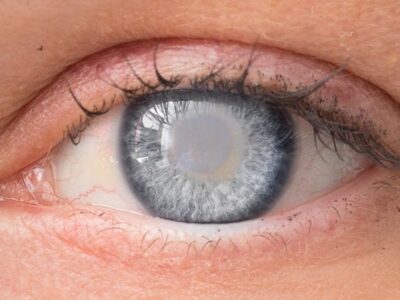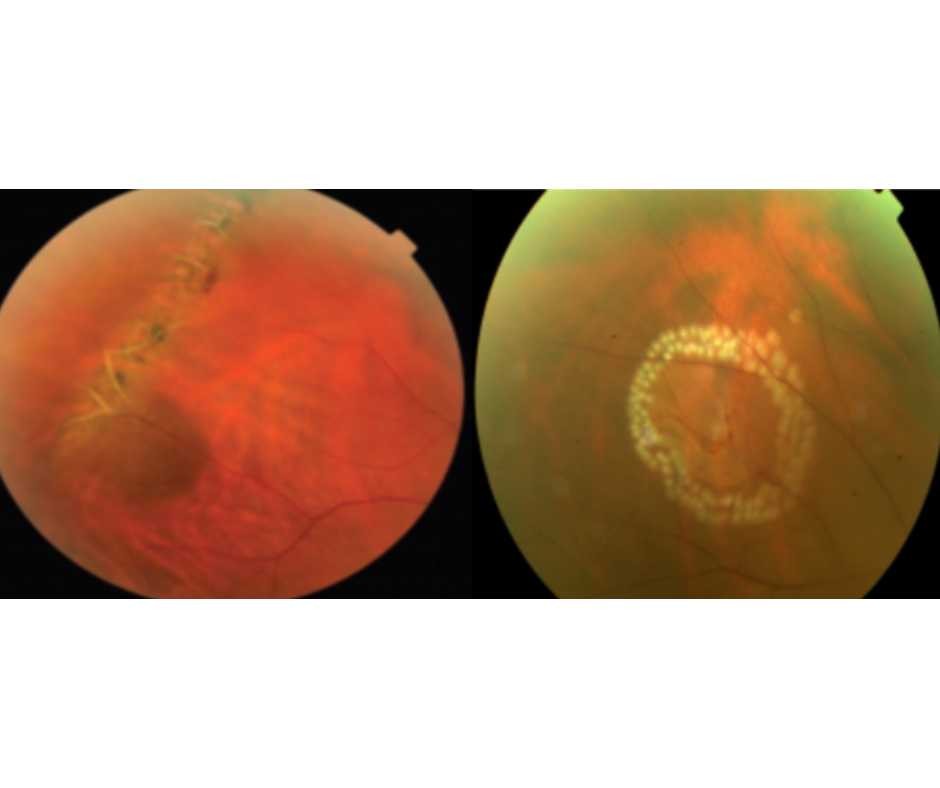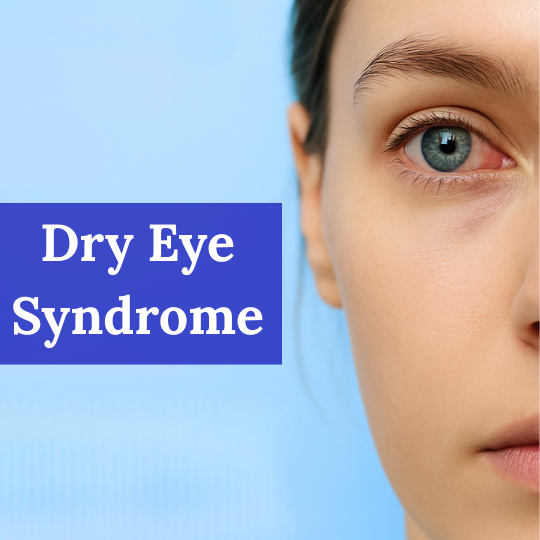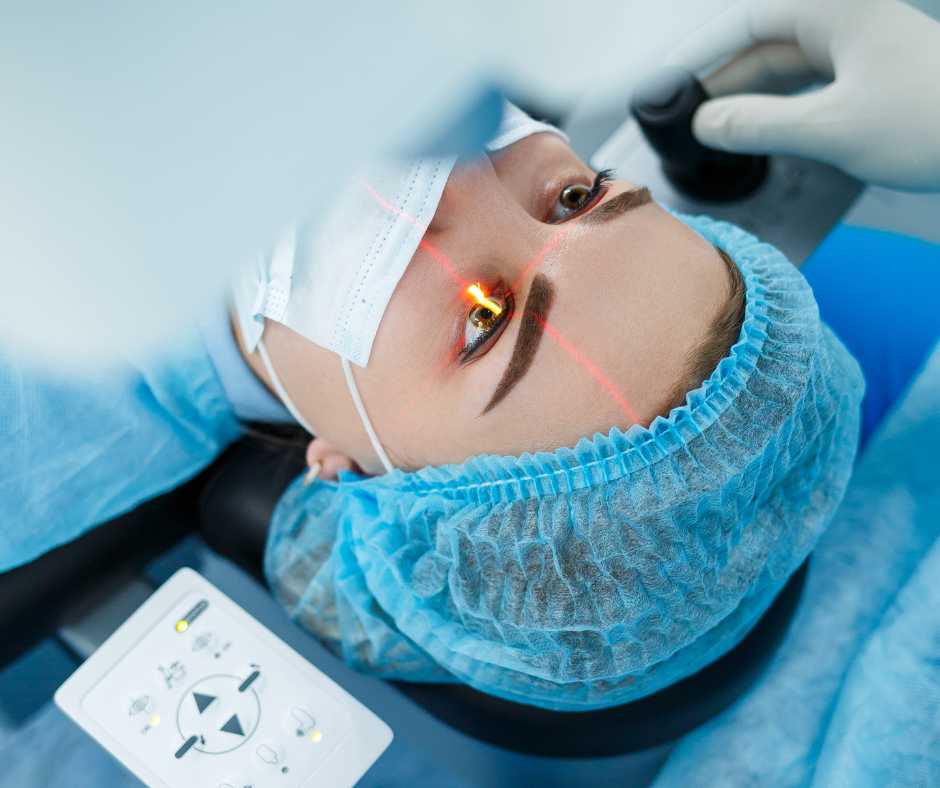INTRODUCTION:
Squint eye, medically known as strabismus, is a condition where the eyes do not align properly. One eye may turn inwards, outwards, upwards, or downwards, while the other eye looks straight ahead. Moreover, this misalignment can affect depth perception and may lead to double vision or other visual impairments.
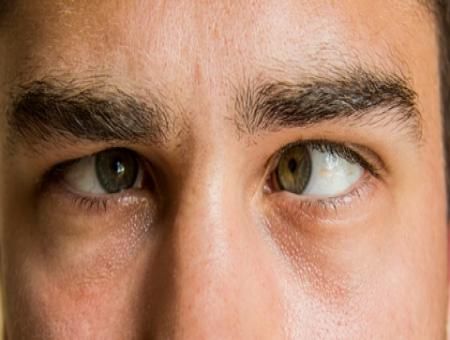
Causes of Squint Eye:
- Genetics: Family history of strabismus increases the risk.
- Muscle Problems: Issues with the eye muscles controlling eye movement.
- Nerve Problems: Problems with the nerves transmitting information to the eye muscles.
- Medical Conditions: Conditions such as cerebral palsy, Down syndrome, or stroke.
- Refractive Errors: Uncorrected farsightedness can lead to eye strain and misalignment.
Symptoms of Squint Eye:
- Misaligned eyes
- Double vision
- Loss of depth perception
- Eye strain
- Frequent squinting or closing one eye
- Head tilting to use one eye more effectively
Diagnosis of Squint Eye:
- Visual Acuity Test: Measures how well you can see at various distances.
- Refraction Test: Determines the need for corrective lenses.
- Alignment and Focus Test: Assesses how well the eyes align and work together.
- Retinal Exam: Evaluates the back of the eye for any abnormalities.
Treatment Options for Squint Eye:
Eyeglasses or Contact Lenses
SOLUTION FOR SQUINT EYE is a Corrective lenses can address refractive errors such as farsightedness, which may help align correctly.
2. Prism Lenses
These specialized lenses alter the light entering the eye, reducing the amount of eye turn needed to view objects, thus improving alignment.
3. Vision Therapy
A structured program of visual activities, vision therapy helps improve eye coordination and focusing. This therapy can be particularly effective for children.
4. Eye Patching
Covering the stronger eye with a patch forces the weaker eye to work harder, thereby strengthening its muscles and improving alignment. Consequently, this method is often used in conjunction with other treatments.
5. Botulinum Toxin (Botox) Injections
Botox can temporarily weaken overactive eye muscles, allowing the eyes to realign. Consequently, this treatment can help improve conditions such as strabismus..SOLUTION FOR SQUINT EYE This is typically a short-term solution but can provide significant improvement.
6. Surgery
For severe or persistent cases of strabismus, surgical intervention may be necessary. Surgery involves adjusting the muscles around the eyes to correct their alignment. It’s often performed on an outpatient basis and can significantly improve both appearance and vision.
Author Details:
Dr. Sushruth Appajigowda holds a prominent position as a Cornea, Cataract, Glaucoma, and LASIK Surgeon in Bangalore. He serves as the chief Cataract and Refractive surgeon at Vijaya Nethralaya Eye Hospital, Nagarbhavi Bangalore. Renowned as one of the finest LASIK surgeons nationwide, he brings with him over 12+ years of experience across multiple LASIK platforms, including ZEISS, ALCON, SCHWIND, AMO, and Bausch and Lomb. Having successfully conducted over 5000 LASIK procedures, Dr. Sushruth holds the title of a Certified Refractive Surgeon and a Fellow of the All India Collegium Of Ophthalmology. Furthermore, he stands as a distinguished speaker at various National and International Forums, using his expertise to guide you in selecting the most suitable procedure based on your health requirements.
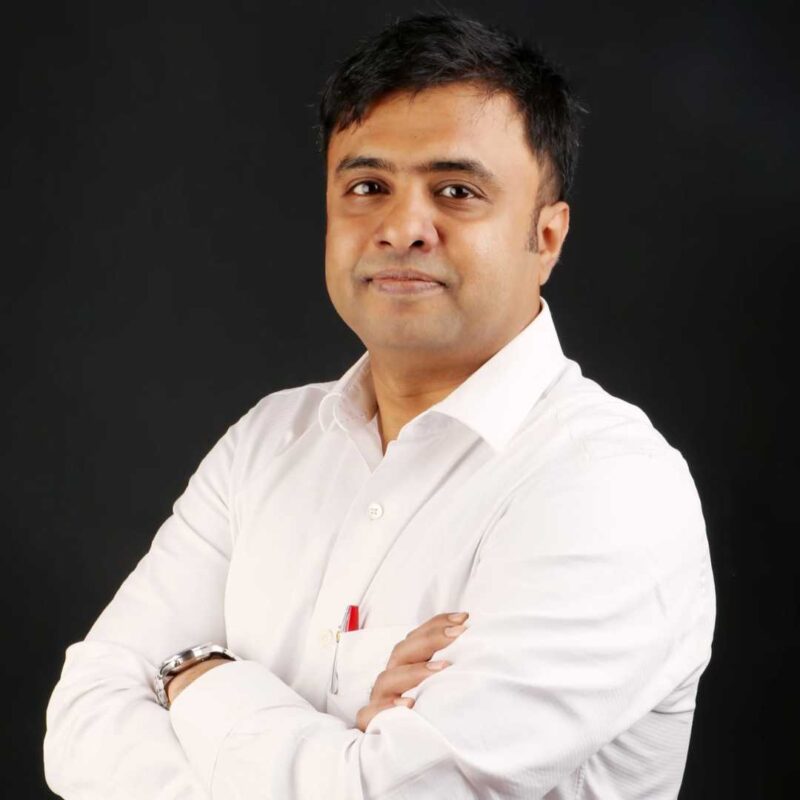
http://vijayanethralaya.com/link-in-bio/
Conclusion:
Strabismus, or squint eye, is a treatable condition with various effective solutions. For instance, corrective lenses can be utilized to improve alignment. Furthermore, in more severe cases, surgery may be required to adjust the muscles around the eyes. Additionally, vision therapy and eye exercises can also play a crucial role in treatment. Thus, with a range of available options, individuals with strabismus have multiple avenues to achieve better eye alignment and improved vision. Early diagnosis and a tailored treatment plan are essential for optimal outcomes. Regular eye check-ups, especially for children, can prevent long-term visual complications and improve quality of life.

